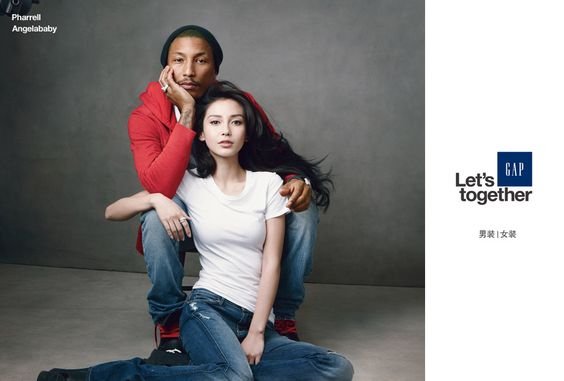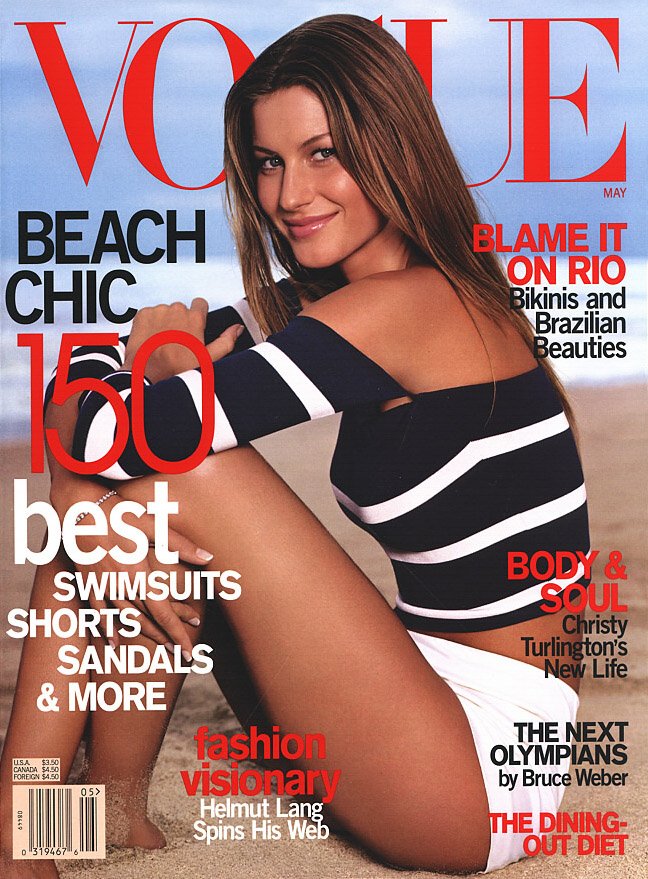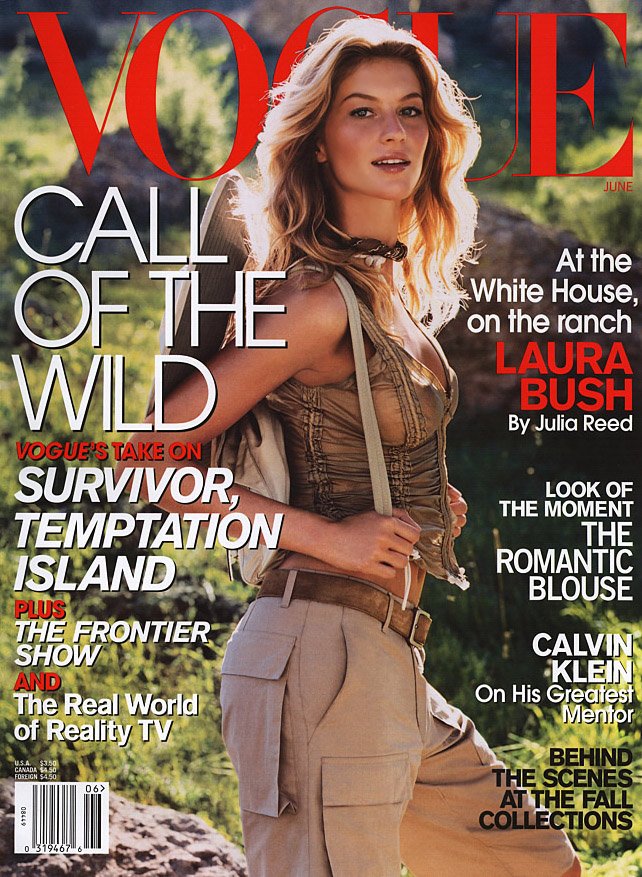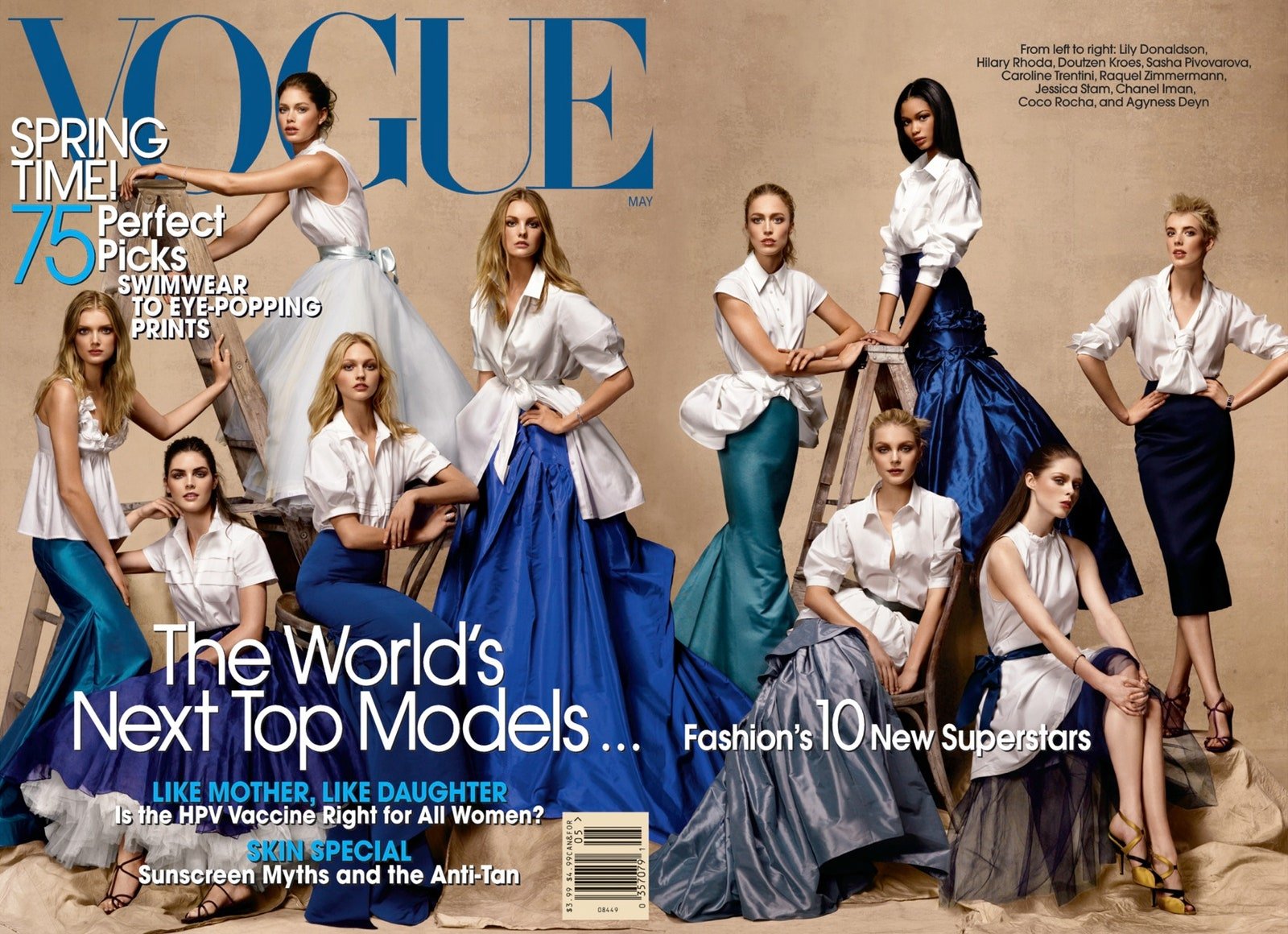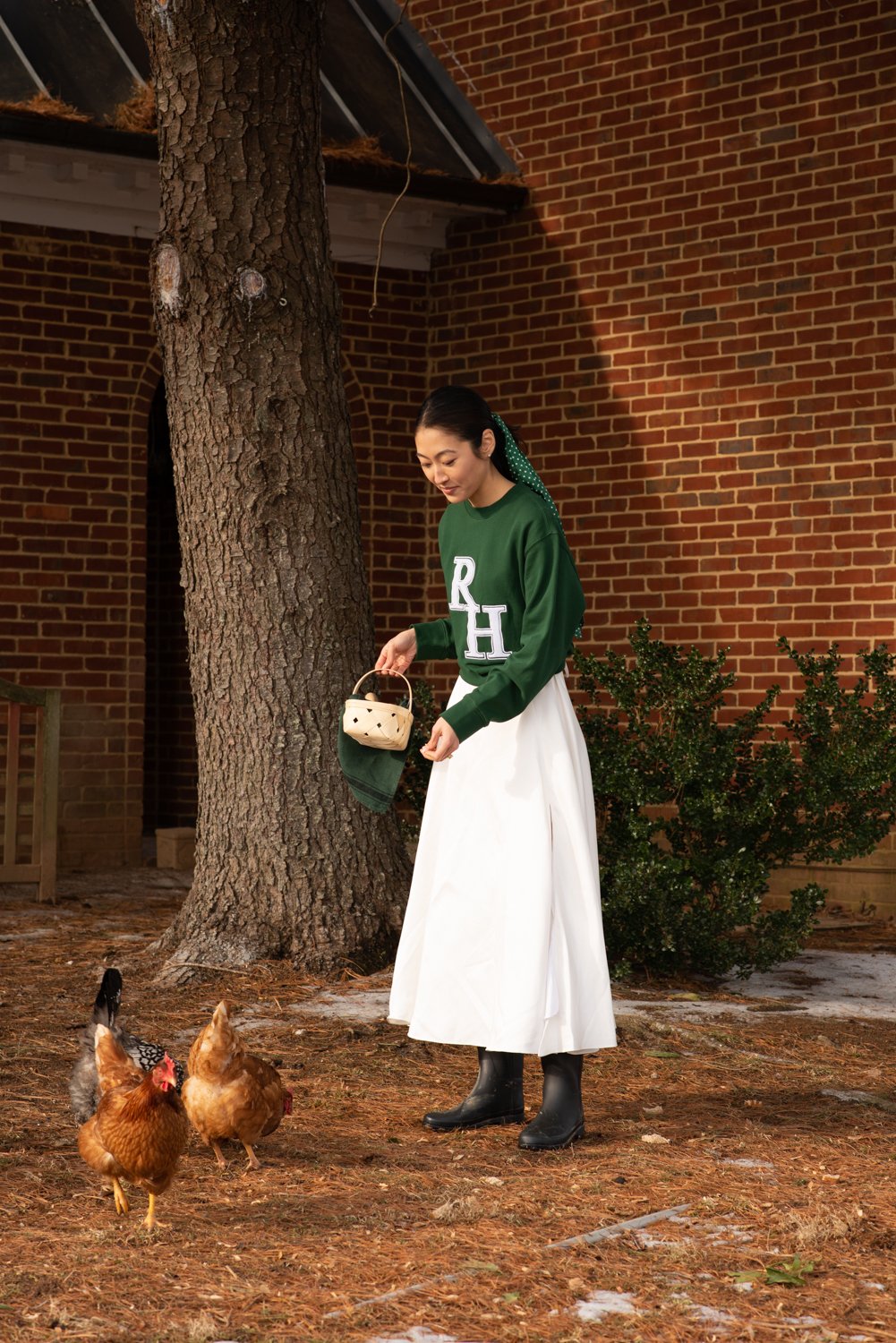Founder’s Journal: Am I Vogue Now? - A Celebration of Timeless American Living
By Annie Leibovitz
For years, I never believed I was Vogue enough. It’s part of the reason we started Recreational Habits. Not only because of the lack of Asian faces in American pop culture and in Vogue, but I never felt comfortable embracing the classic American style. I felt like I was wearing a costume anytime I wore a vintage statement piece, and a cowboy hat, even in my native Texas, was out of the question for me. On the other coast, images of Asian women living out a New England dream are impossible to find. Even during my years at Annie Leibovitz, one of the creators of Vogue’s visual identity, I only saw one Asian face come through the studio doors. (It was AngelaBaby for a Gap China campaign, and she was with Pharrell). I longed to see what Annie could do with an Asian face that was captured on film, the Annie Leibovitz way, the Vogue way.
American Vogue has always been the pinnacle of American living and style, for me anyways. Growing up in a nice suburban neighborhood in Dallas, the traditionally decorated homes and dramatic hairstyles seen in its pages were not far off from the ones I saw in my own community. But despite adopting the influence of this kind of American style, I never felt quite comfortable in it. I rarely, if ever, saw people that looked like me and my family depicted in it, yet I still longed to belong - devouring the pages of a printed Vogue that I would beg my mother to pick up at the local Albertsons that we frequented. At that time for me, it was an inside peek into a sophisticated world with incredible style and taste, a young girl’s education on how to be… well, Vogue.
Vogue Covers 2000 and 2001 by Steven Meisel
But then, what is Vogue? Who is the woman that would be accepted into the halls of a Conde Nast building? Is she still Vogue if she did not attend Brearley and then Princeton? Is she still Vogue if she isn’t Caucasian? If she can’t try the voluminous hair style because her hair is pin straight, but thick, or has natural hair? The memories of Gisele looking effortlessly chic with her hair in a chignon as the pinnacle Vogue woman in the Devil Wears Prada still rings through my dreams and my anxiety dreams have at times manifested in a search for the perfect pair of black Chanel boots to prepare in the off-chance Miranda Priestly calls me into her office with not a moment’s notice.
Like many of my friends and family members, I was thrilled to see Hoyeon Jung on the cover of American Vogue’s February issue, which was revealed earlier this week. To add more excitement, Monica Kim, a Vogue editor of Korean descent, was the one to write her feature, and incorporated so many fun nods to Korean American culture in her article. Finally, I felt part of the club, just because I knew what naembi is and it was written about in a cover story. These subtle nods of approval are not life changing, however, for a young person who grows up as a foreigner in America, it does help soften the alien feeling she may have. Although the images of Hoyeon captured by Harley Weir lean much more futuristic that the ones that I grew up with from Annie or even Steven and Mario for that matter, I am thrilled to see a Korean woman on the cover.
2007 Vogue Cover by Steven Meisel
At Recreational Habits, we strive to recreate the American image by highlighting people of color who are living out the American dream whether it’s through sports or style. We know that in our digital age representation and exposure matters more than ever, especially as young people ingest countless images every day. The question then is, are the images we are creating empowering the future or solidifying the past? We try to create these images through our campaigns with the incredible help of photographer Ash Soong, the images other photographers and magazines failed to envision and capture.
Photo of Me by Ashley Soong
So, what does this mean for young Asian women in the states? Does this mean we are Vogue now? That our homes are worthy to be published in Architectural Digest and we can be seated next to Hamish Bowles at a benefit for the Frick Collection? I believe the answer is up to us as a community, and our ability to feel confident enough to embrace a style and way of life that may not have always embraced us. In 2022, however, we are witnessing a shift with the first Vogue cover featuring a solo Asian woman, and at Recreational Habits we remain committed to pushing and supporting that message through our profiles, campaigns, stories, and community outreach programs. Cheers to the new American classic!


